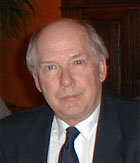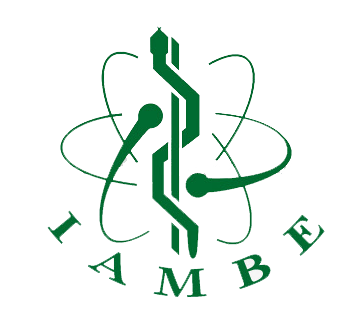
James B. Bassingthwaighte is a Professor of Bioengineering and Radiology at the University of Washington. He is an active teacher and researcher focused on bioengineering and quantitative and integrative approaches to cardiovascular physiology. He trained in Physiology and Biochemistry (University of Toronto, B.A. 1951), Medicine (University of Toronto, M.D. 1955), and studied at the Postgraduate Medical School of London (Hammersmith Hospital) and at the Mayo Graduate School of Medicine and Mayo Clinic in Rochester, Minnesota, where he completed a residency in Medicine and Cardiology and a Ph.D. in Physiology (1964). At the Mayo Graduate School of Medicine from 1964 to 1975 he became Professor of Medicine and Physiology. From 1975 to 1979, he chaired the Department of Bioengineering at the University of Washington. In 1979 he established the National Simulation Resource Facility for Circulatory Mass Transport and Exchange at the University of Washington, a center for research and development of methods of modeling analysis of the circulation, and the kinetics of solute blood-tissue exchange in metabolic systems. Particular contributions are in the interpretation of PET and NMR images and in multiple indicator dilution studies. His scientific goals have emphasized integrative approaches.
In 1997 he formally initiated the Physiome Project, a large-scale, international effort to organize and integrate physiological knowledge from genome to integrated function. This effort required the development of web-based and networked biological databases (www.physiome.org). Current research focuses on the development of modelling tools for physiological and pharmacological systems. A particular goal is the development and archiving of Reproducible Research Packages, open source distributable models verified internally and containing the experimental data used for evaluation of the model for validity. The archived model packages are now represented by JSim Project files running on any platform, the goal is to generalize the concept to include any modeling system. This work contributes to the Multiscale Modeling consortium of the Interagency Modelling and Analysis Group, IMAG, of the federal research agencies in the USA and to the Virtual Physiological Human, VPH, program in Europe.
He has authored over 300 peer-reviewed publications and two books, served as President of the Biomedical Engineering Society and the Microcirculatory Society, chaired the Cardiovascular Section of the American Physiological Society, and was the Editor-in-chief of the Annals of Biomedical Engineering. He has served on the publications boards of the Biophysical Society, the American Physiological Society, Biomedical Engineering Society and Microcirculatory Society. He is a Fellow of AIMBE (American Institute of Medical and Biological Engineering) and of the IAMBE (International Academy of Medical and Biological Engineering) and has been the recipient of honors from BMES, American Physiological Society, Maastricht University (The Netherlands), The Netherlands Biophysical Society, Cardiovascular Systems Dynamics Society, Microcirculatory Society, and McGill University. He is a member of the US National Academy of Engineering.
